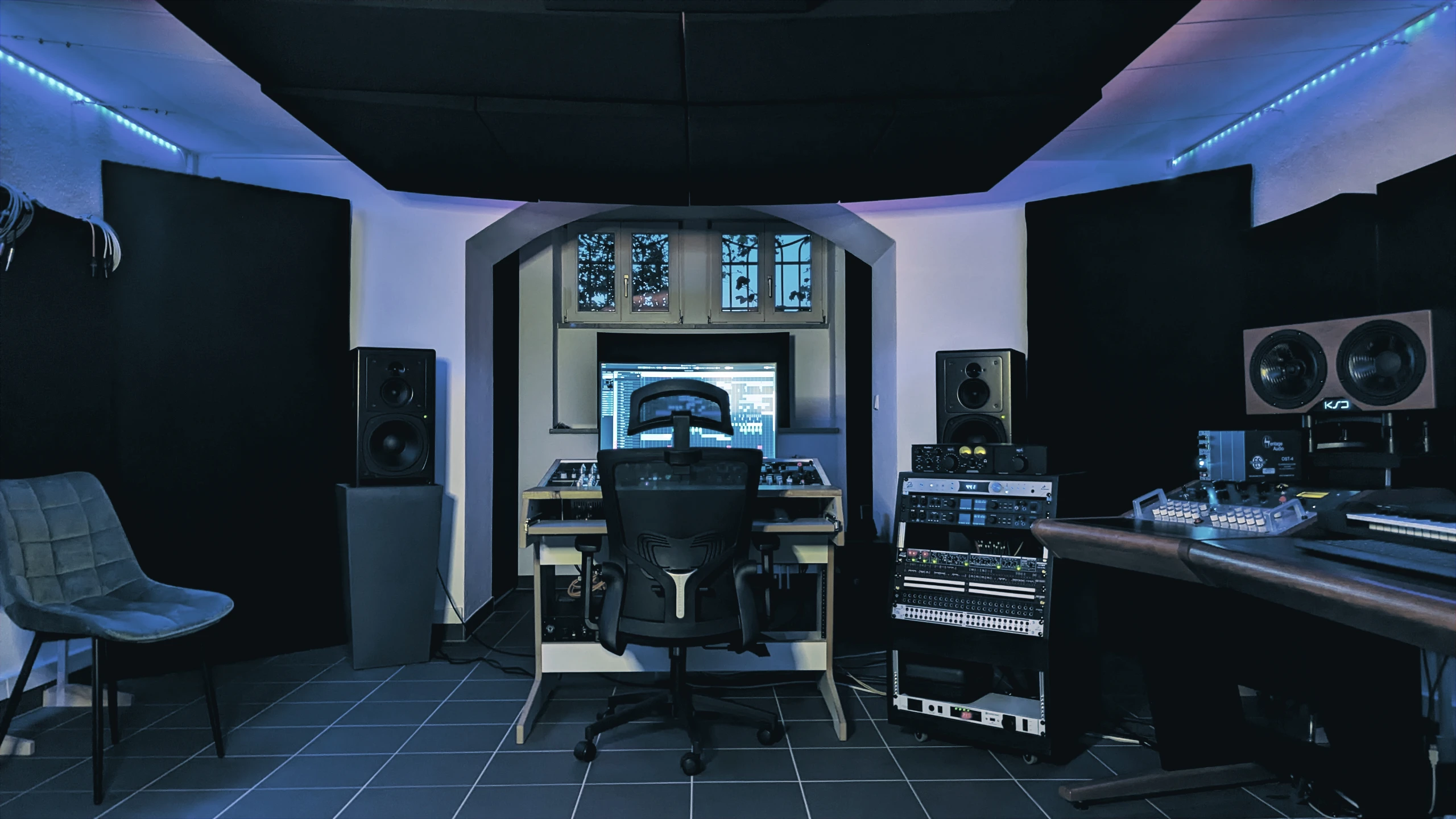
Mastering Checklist
We are happy to support you in all facets of your music production. On request we check your mixes on file delivery and give concrete suggestions if and how you can still improve something in your mix. This service is included in a mastering booking. Our studios are specialized in mastering with worldwide online service. Besides high-quality analog equipment and acoustically optimized recording studios, our engineer André “Masterati” counts years of experience in professional music production and feels at home in almost all genres. In online mastering, too, we place great emphasis on contact with the customer. Together we try to find the best way to make your music sound competitive and exactly as you want it after mastering. Your songs will be mastered by André in the online service with the same effort, equipment and love as if you were in our studio!Mastering project checklist
- Client
- Project (Artist & Project Title)
- Deadline / Desired date
- Number of titles
- Label / Distribution / Freelance musician
- Additional Versions (e.g. instrumental, radio, club versions)
- Release medium (CD, digital distribution, cinema, TV)
- Mixing Engineer
- List of people involved (lyricists, composers, producers, etc.)
- Intention for sound presentation and reference title if applicable.
Checklist for data delivery of the sound mixes
Sum effects
Please deactivate effects like limiter, dithering or maximizer on the master channel. Sum effects such as equalizer and bus compressor are allowed if they contribute meaningfully to the mix. If you use a sum EQ, please deactivate low and high pass filters. If you are not sure whether EQ and compressor are useful on the sum, send us a version with and a version without this effects chain.
Level | Volume
The loudest part of the title should not exceed -3 dBFS on your sum signal. In no case above -0.1 dBFS.
In and out sounds
Make sure the harmony and decay of your mix is complete and not clipped. It’s best to build in a 2 to 3-second buffer before and after the song.
Dithering & Normalization
Please do not activate! Also check your single tracks for plugins like Waves’ L2 Limiter for activated dithering and turn it off!
Audio format | Sample rate | Bit depth
In WAV or AIFF and preferably 24 bit or 32 bit floating point.
Please deliver the sample rate as it is. Example: If a session was mixed in 44.1 kHz, then please export in 44.1 kHz.
Naming
Please name the files as follows: Tracknumber-Trackname.wav
Special features of exporting stems (stem mastering)
-
-
- Deactivate sum effects!!!
- Bounce all stems from the same starting point.
- All stems together should make the mix. Therefore, please export the stereo mix in addition to the stems for verification. Before you send your files to us, put all the stems together in a new DAW session and check and compare if they add up to the mix.
- Name the stems as follows: Track number-Track name-Stem.wav
-
Check your mixes before data delivery
Before you send your tracks to us listen to your sound mixes again and check them for the following points:
- Is this the final mix?
- Are all tracks and effects included in the mixdown?
- Is the entrance and exit of the title correct?
- Is noise included?
What is a DDP image and do I need it?
ISRC, GTIN / EAN, CD Text & RIN
The 12-digit ISRC code (International Standard Recording Code) is written into the encoding of the master CD | DDPi during mastering and is used to uniquely identify the individual track, artist and label. Thus, for example, a radio station knows how long a song was played and how much royalties he has to pay for it.
If you want to have the ISRC codes integrated in the DDP image or in a metadata format (RIN), please let us know.
If you do not have your own first owner codes, you can alternatively obtain the ISRC codes from us, your label, pressing plant or distributor and / or online distributor.
The allocation of the ISRC first owner key is done by BVMI (Bundesverband Musikindustrie). For more information on the ISRC and to apply for the ISRC Initial Holder Key, please visit http://www.musikindustrie.de/isrc/.
The EAN code(European Article Number) or GTIN (Global Trade Item Number) is the barcode for your total product (CD, DVD). This is usually assigned by your label or distributor.
CD Text:Some CD players and digital programs like iTunes display text information of the CD. Here we can additionally code the following information: Lyrics, Composer, Arranger, Genre, Year. Furthermore, we can add a cover to the file. The format should be delivered in 1100×1100 pixels as .jpg or .png
Contact us for an initial consultation about your project
Each project is individual. Therefore, it is important for us to learn more about your project and to exchange ideas in person before we start working together on your music production, audio mixing or mastering.
